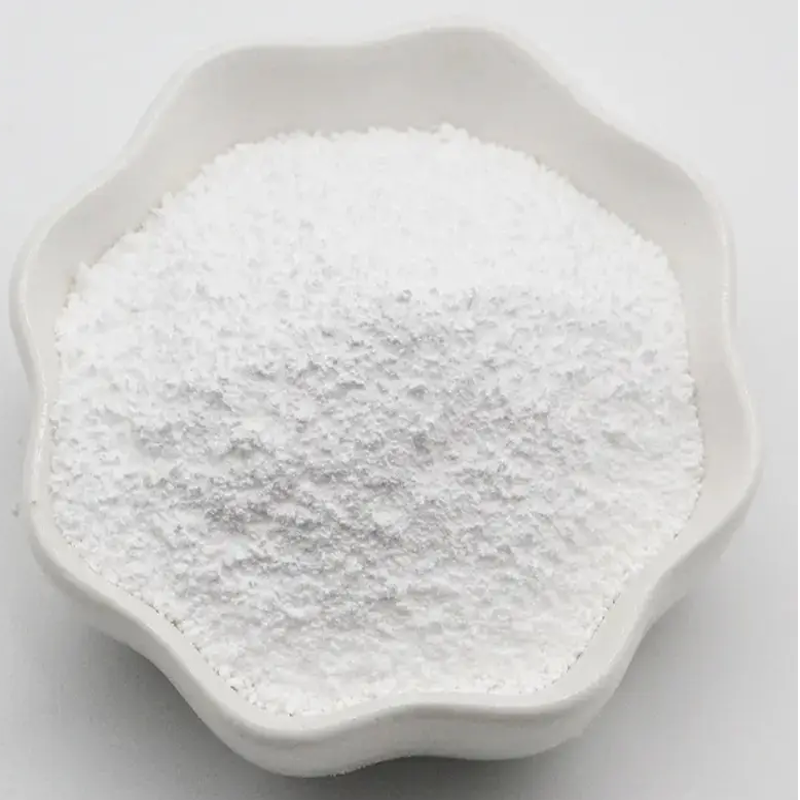-
Categories
-
Pharmaceutical Intermediates
-
Active Pharmaceutical Ingredients
-
Food Additives
- Industrial Coatings
- Agrochemicals
- Dyes and Pigments
- Surfactant
- Flavors and Fragrances
- Chemical Reagents
- Catalyst and Auxiliary
- Natural Products
- Inorganic Chemistry
-
Organic Chemistry
-
Biochemical Engineering
- Analytical Chemistry
- Cosmetic Ingredient
-
Pharmaceutical Intermediates
Promotion
ECHEMI Mall
Wholesale
Weekly Price
Exhibition
News
-
Trade Service
On December 22, 2021, Nature’s official website published an article titled: Fatal lab explosion in China highlights wider safety fears , reporting recent laboratory safety accidents in several Chinese universities and calling for attention to laboratory safety
Fatal lab explosion in China highlights wider safety fears
Just this year, also because of laboratory safety accidents, five French public research institutions announced the suspension of prion research and began investigating whether there are people infected with prions in the laboratory
The last prion infection occurred in 2010, when the 24-year-old émilie Jaumain was working in the molecular virology and immunology department of the French National Institute of Agri-Food and Environment (INRNE)
On May 31, 2010, as usual, she used a cryostat to slice the brains of mice infected with sheep adaptive mad cow disease.
After the accident, she immediately became worried, because the curved tweezers that stabbed her thumb were likely to carry the prion that causes mad cow disease, and this prion can infect humans through wounds, and there is no vaccine or treatment.
More importantly, after prion infection, there is an average incubation period of about 10 years before it becomes ill.
In June 2019, 9 years after the accident, émilie Jaumain died of Creutzfeldt-Jakob disease caused by prion infection at the age of 33
In July 2020, the New England Journal of Medicine (NEJM) published an article that analyzed the infection of émilie Jaumain in detail, and concluded that émilie Jaumain was undoubtedly infected with prions in the laboratory.
According to this NEJM article, in November 2017, seven and a half years after the accident, émilie Jaumain suffered a burning sensation in his right shoulder and neck.
In January 2019, she began to become depressed and anxious, and suffered memory impairment and hallucinations
The paper pointed out that the autopsy of émilie Jaumain showed that codon 129 of the prion protein in his body encodes methionine, which is consistent with the modified prion used in the experiment at that time, and the mad cow disease prevalent in Europe.
Creutzfeldt-Jakob disease can be divided into classic Creutzfeldt-Jakob disease and variant Creutzfeldt-Jakob disease (vCDJ), these two types can only be distinguished by autopsy of brain tissue at present
However, it was not until two years after the death of émilie Jaumain that the French National Institute for Agri-Food and Environment (INRNE) admitted that her death was related to laboratory infections
The family of émilie Jaumain stated in the lawsuit against the Institute that émilie Jaumain was not trained to deal with dangerous prions in the laboratory studio, and did not tell her that she should wear metal mesh and rubber gloves at the same time, nor that she should be exposed in the event of exposure.
More importantly, an investigation organized by the French government showed that in the past ten years, there have been at least 17 prion-related accidents in France, of which 5 people were stabbed or cut by contaminated syringes or blades.
In 2005, a technician in the same laboratory of émilie Jaumain had a finger stabbing accident during a prion experiment, but it did not attract enough attention and did not take any measures to ensure that such accidents would not happen again
Unfortunately, a researcher who was infected with a prion in the laboratory has recently appeared again at the French National Institute of Agri-Food and Environmental Research (INRNE).
It is reported that the infected person has not yet shown any symptoms
.
In 2011, a study published in the journal PLoS Pathogens pointed out that prions can be transmitted through aerosols.
However, this study did not cause concern
.
This research also warns us that the protective measures for prion research need to be updated
.
About prions
About prionsAbout prionsIn 1957, American scientist Daniel Gajdusek discovered an indigenous Fore tribe in the eastern highlands of Papua New Guinea.
Many people of the Fore tribe suffered from a strange disease called Kuru’s disease.
The patient only feels headache and joint pain, followed by ataxia, tremor, and involuntary movement.
The latter includes chorea, myoclonus, etc.
, and progressively worsening dementia and neurological abnormalities in the late course of the disease
.
Most patients die within 3 to 6 months of onset
.
Gedusek confirmed that the disease was caused by the Fore people’s cannibalism, an infectious disease with unknown pathogenic factors spread through the digestive tract
.
Under Geduzek’s persuasion, the Fore people abolished this custom, and Kuru disease has since disappeared
.
Gedusek also won the 1976 Nobel Prize in Physiology or Medicine for discovering Kuru's disease, a new type of pathogenicity and transmission mechanism, and eliminating this deadly disease
.
The source of Kuru disease was Prion (prion) that was later discovered
.
In 1982, Stanley Prusiner successfully isolated the causative agent of Creutzfeldt-Jakob disease and named it Prion
.
In 1991, Bruchner revealed the pathogenic mechanism of prions, and therefore won the 1997 Nobel Prize in Physiology or Medicine
.
Human prion diseases are caused by a single molecular mechanism, regardless of whether the cause is sporadic, hereditary or acquired, and whether it is Creutzfeldt-Jakob disease, fatal familial insomnia, or GSS syndrome
.
That is, the prion protein (PrP) encoded by the PRNP gene changes its conformation from its inherently folded form (PrPC) to a self-replicating misfolded form (PrPSc)
.
It should be pointed out that, strictly speaking, a prion is not a virus, because it is composed entirely of protein and does not contain any DNA or RNA
.
Original source:
Original source:Andrew Silver.
Fatal lab explosion in China highlights wider safety fears .
Nature, 2021.
in this message







